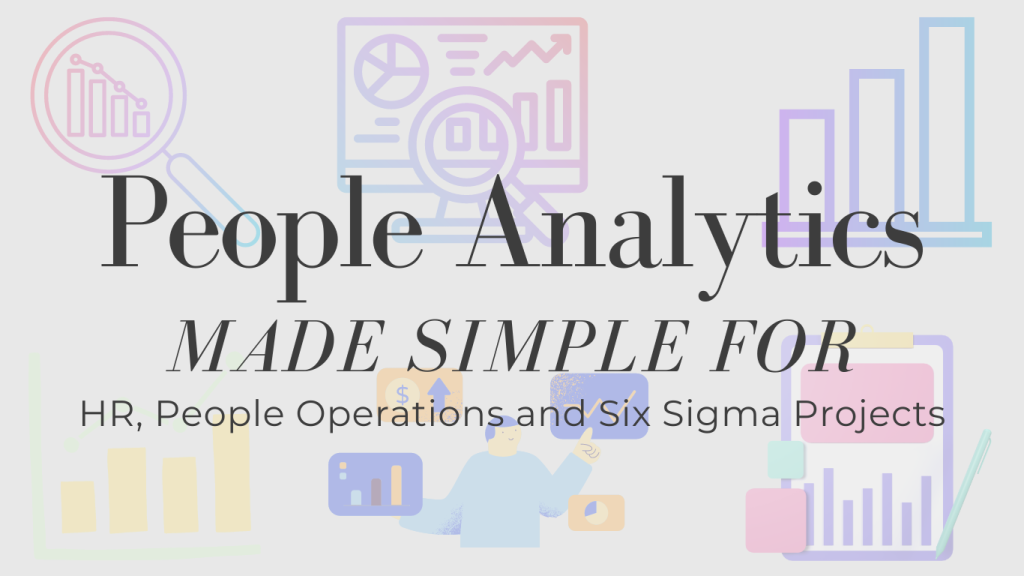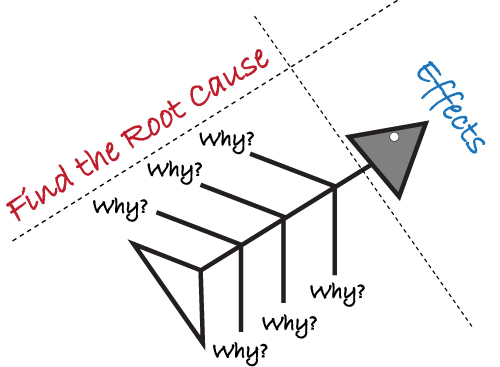
Today after the outbreaks of Covid-19 pandemic, human resource (HR) leaders and operations managers are required to lead the organizations in digital transformation for business growth. According to survey of Payscale in Hong Kong, the average basic annual salary of a Analytics Manager is HK$638,713. In 2019, a study of myHRfuture revealed that 28% of respondents rated “people analytics” as the most-wanted competency.
Managers in people operations need to examine staff data and conduct simple surveys to derive insights and align decisions with strategic corporate objectives. However, they cannot solely depend on expensive consultancy or the busy in-house data analysts to perform these simple tasks for them. Managers equipped with Self-service People Analytics skills can help themselves to tackle this pain point without external assistance and within limited time and resources.
Continue reading People Analytics made simple for HR, People Operations and Six Sigma Projects
Today after the outbreaks of Covid-19 pandemic, human resource (HR) leaders and operations managers are required to lead the organizations in digital transformation for business growth. According to survey of Payscale in Hong Kong, the average basic annual salary of a Analytics Manager is HK$638,713. In 2019, a study of myHRfuture revealed that 28% of respondents rated “people analytics” as the most-wanted competency.
Managers in people operations need to examine staff data and conduct simple surveys to derive insights and align decisions with strategic corporate objectives. However, they cannot solely depend on expensive consultancy or the busy in-house data analysts to perform these simple tasks for them. Managers equipped with Self-service People Analytics skills can help themselves to tackle this pain point without external assistance and within limited time and resources.
Continue reading People Analytics made simple for HR, People Operations and Six Sigma Projects













